From Commented Reading to Reading with a Commentary: a New Paradigm of Developing the Instructional Technique (Paper 3)
Author(s)
Elena S. Romanicheva, Candidate of Sciences (Pedagogy), Associate Professor, Leading Researcher of the Laboratory of Socio-Cultural Educational Practices, ORCID: https://orcid.org/0000-0003-2649-3715, Institute of System Projects, Moscow City University
4 2nd Sel’skohozyajstvennyj proezd, Moscow, Russia, 129226, tel.: +7 (499) 1812462, e-mail: This email address is being protected from spambots. You need JavaScript enabled to view it.
Abstract. The Introduction to the paper raises a research question, why a classical text needs another commentary if the addressee of the commentary is a school-age reader. The question becomes a starting point in the discourse on how text commenting is used in school practice today and what new types of commentaries appear in the school lesson.
Materials and methods. Search for an answer to the question raised employs methods of comparison and collation of sources to clarify the dissimilarity between the technique of commented reading and that of reading with commentaries, and establish a conceptual difference. The main body of the paper contains a description of the research results. An analysis of the experience of E. S. Abelyuk (a teacher and methodologist from Moscow) presented in methodological publications allowed the conclusion that the possibilities of using the technique of readers’ commenting in today’s school have significantly grown: it can be a research project, either a group project or an individual one; while the methodology developed by E. S. Abelyuk that, essentially, appears to be both research work and project-oriented work, could be used by teachers to support learners’ research and projects. The hypothesis put forward is tested by the analysis of practices pursued by M. A. Pavlova (a teacher from Moscow). She proposes readers’ commentary as a form of final work. According to her task, learners have to write a commentary on the poetic essay ‘L. N. Tolstoy’ (little known to contemporary readers) by V. V. Nabokov. It is noteworthy that while writing their commentaries, learners should demonstrate their abilities to use the Internet resources. Teacher’s assistance to learners in mastering the practices is also a contemporary tutorial objective.
The final part of the paper presents a commentary on ‘One Day in the Life of Ivan Denisovich’’ written by A. I. Knyazhitsky, a methodologist from Moscow. He commented on the story by addressing the literary investigation of ‘The Gulag Archipelago’ and some other documents. In his commentary, the methodologist assumed that considering other texts via commentary creates a context where the studied fiction is read to the maximum effect, and it is up to the learner who reads it to choose the depth of ‘plunging’ into the text. Having created the commentary on the story, A. I. Knyazhitsky splendidly accomplished the most challenging tutorial objective: to describe the technique that combines the commentary of a text and its close reading and fills it with substance. The paper demonstrates this on a specific fragment of the story.
The conclusion states that commentary is one of the best known and most effective instructional techniques to teach reading and understanding of a literary text, but the content of the commentary on texts and the commented texts themselves can and should vary. Commentary as an instructional technique should be considerably enriched, in particular, based on an analysis of teachers’ best practices and their further testing and technification.
Keywords: instructional technique, commented reading, close reading, reading with a commentary, types of commentaries.
For citation: Romanicheva E. S. From Commented Reading to Reading with a Commentary: a New Paradigm of Developing the Instructional Technique (Paper 3). Pedagogicheskiy IMIDZH = Pedagogical IMAGE. 2020; 14(4): 585–596. DOI: 10.32343/2409-5052-2020-14-4-585-596
UDС: 372.882
DOI: 10.32343/2409-5052-2020-14-4-585-596






